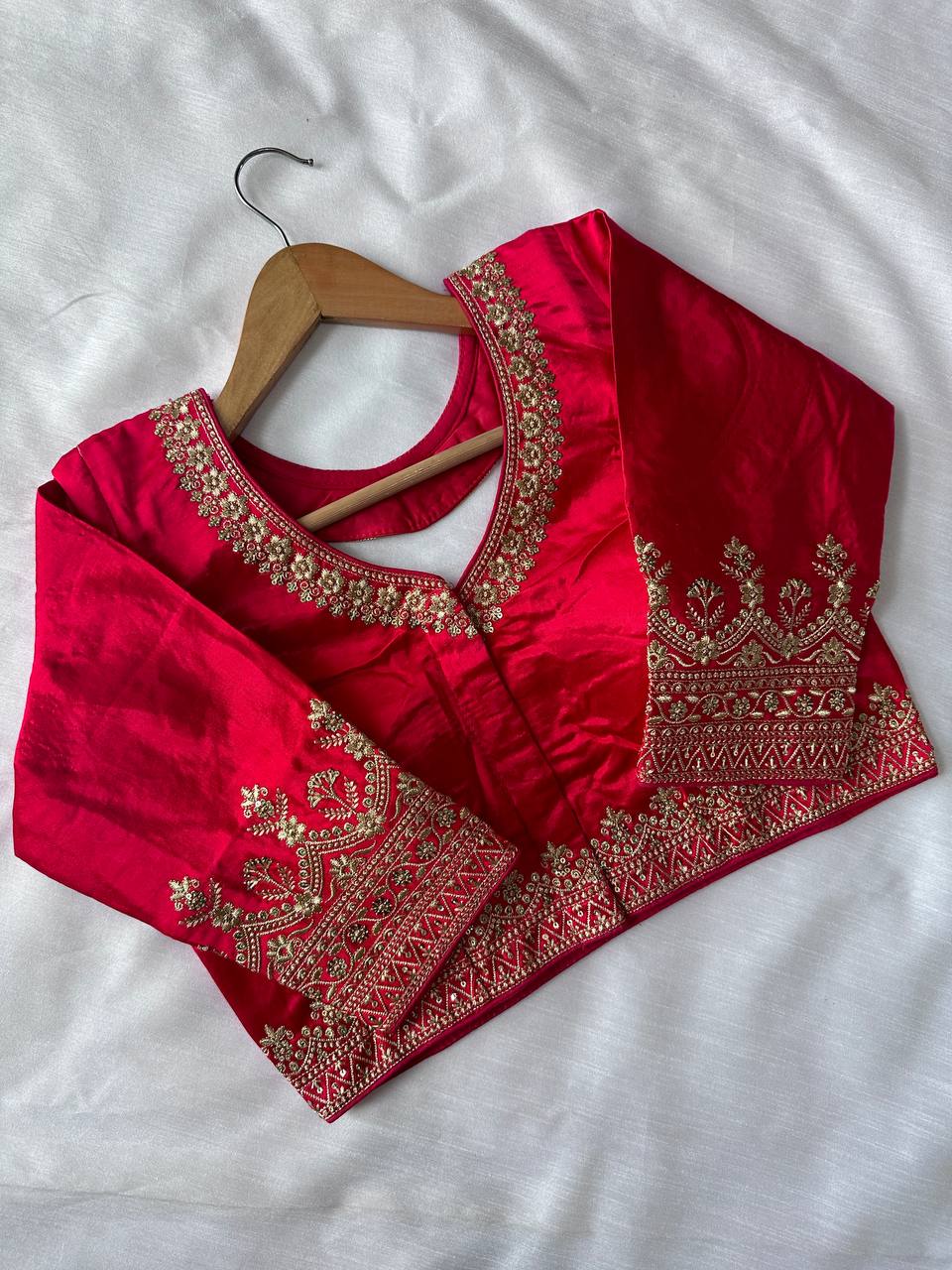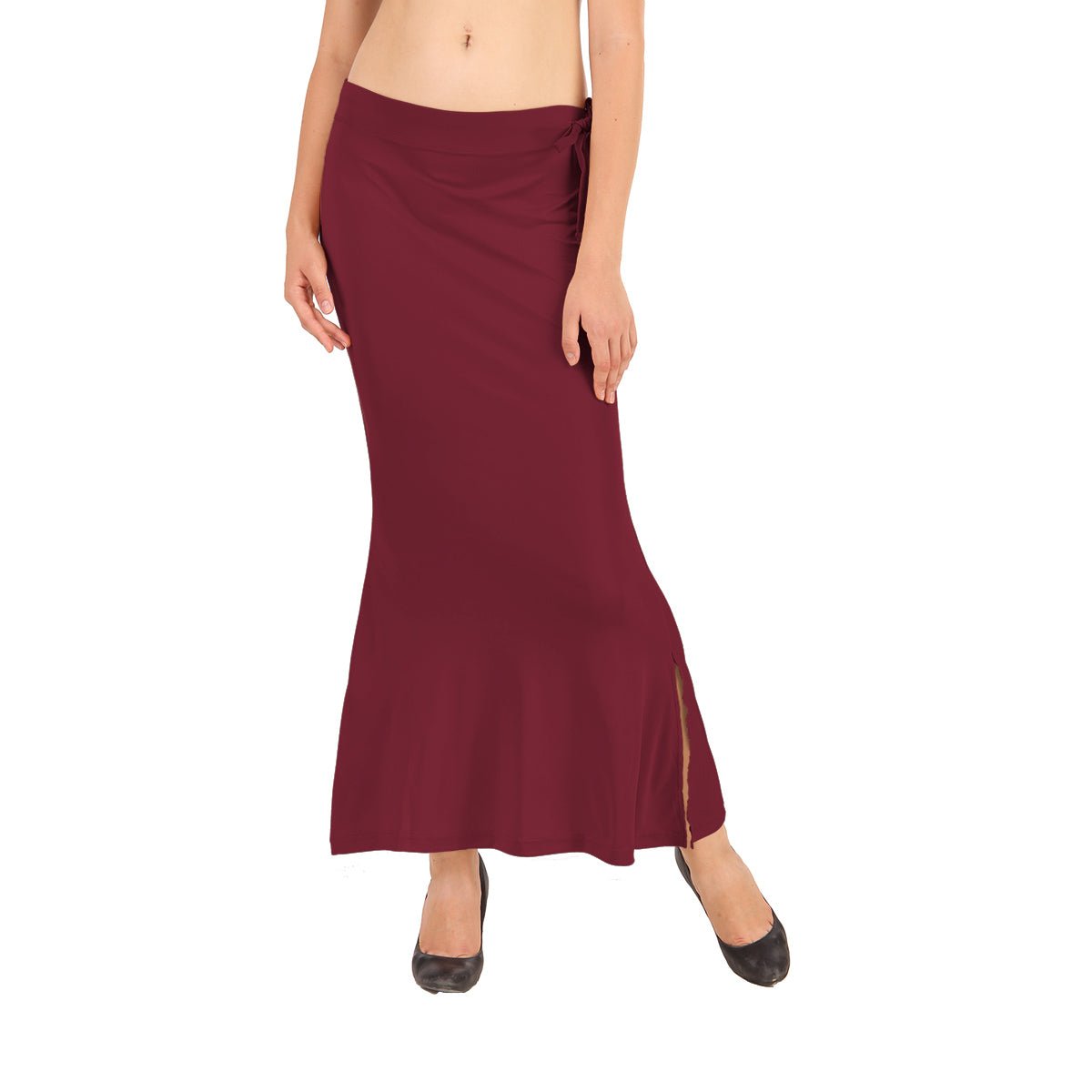
Saree Essentials for First-Time Wearers: Blouse, Petticoat & Pins
Share
Wearing a saree for the first time can feel both exciting and overwhelming. This timeless Indian attire is celebrated for its elegance and versatility, but it does require a few key essentials to get it right. As experts at Studio 113, we’ve guided thousands of first-time wearers on their saree journey. In this guide, we’ll walk you through the saree essentials, focusing on the blouse, petticoat, and pins to ensure you wear your saree with confidence and grace.
The Importance of Saree Essentials
Before diving into the details, it’s crucial to understand why saree essentials matter. Unlike stitched outfits, sarees are draped, which means the fit, support, and final look depend heavily on how well your underlayers and accessories are chosen and used.
Whether you’re wearing a cotton saree for a pooja, a georgette saree for a party, or a silk saree for a wedding, the blouse, petticoat, and pins are what truly shape your silhouette.
Blouse – The Style Statement & Foundation
What is a Saree Blouse?

The blouse is the upper garment that’s worn under the saree. It covers the bust and supports the saree drape. A well-fitted blouse can completely transform how your saree looks.
Types of Saree Blouses for First-Time Wearers
Padded Blouse: Ideal for those who want to skip innerwear. Provides structure and shape.
Elbow-length Blouse: Offers a modest, elegant look that’s great for formal settings.
Backless or Halter-Neck Blouse: Best for parties or modern events, though not beginner-friendly.
Readymade vs. Tailor-made Blouses:
Readymade: Convenient, especially for last-minute occasions.
Tailor-made: Offers a personalized fit and style for your body type.
Blouse Fitting Tips:
Ensure a snug fit around the bust and shoulders to hold the saree in place.
Avoid loose necklines for your first saree, as they may make draping trickier.
Choose cotton lining for comfort, especially in summer.
Petticoat – The Unsung Hero
What is a Saree Petticoat?

The petticoat is an inner skirt worn underneath the saree. It helps anchor the pleats and pallu, and gives the saree structure. A mismatched or ill-fitted petticoat can ruin your entire look.
Types of Saree Petticoats
Regular Cotton Petticoat: Best for everyday wear or cotton sarees.
Satin Petticoat: Offers a shiny finish, ideal for chiffon or net sarees.
Mermaid Cut / Shapewear Petticoat: Provides a sleek silhouette, great for modern sarees.
Drawstring vs. Elastic Waistband:
Drawstring: More adjustable, traditional choice.
Elastic: Offers comfort, but must be the right size to prevent slipping.
Tips for Choosing the Right Petticoat
Colour match is key: Always match the petticoat to the saree or opt for neutral tones like beige or gold.
Length: It should reach your ankles, without peeking out.
Fabric compatibility: Cotton for cotton sarees, satin for glossy ones, and Lycra for stretch fit.
Safety Pins – Small Tools, Big Impact
Why Safety Pins are Non-Negotiable

Safety pins keep your saree secure and comfortable throughout the day. A good drape can unravel without them.
How to Use Saree Pins Effectively
Pin the pleats: Insert a pin through the pleats at the waist to hold them together.
Secure the pallu: Pin the pallu to your blouse near the shoulder for ease.
Hidden pin at the hip: Prevents slipping and maintains the shape of the drape.
Types of Saree Pins
Standard Safety Pins: Budget-friendly and widely available.
Decorative Pins: Perfect for party sarees, add style while securing the drape.
Rust-proof Pins: Ideal for delicate fabrics like silk or organza.
Additional Saree Draping Essentials
While blouse, petticoat, and pins form the core, here are a few extra essentials that first-time saree wearers should consider:
Well-fitted Undergarments: Supportive bras help the blouse fit better.
Saree Belt or Waist Chain (Kamarbandh): Adds both style and support.
Fall & Pico Stitching: This finishing on the saree edge prevents fraying and helps it drape well.
Heels or Footwear: Wear your footwear before draping for the right length adjustment.
Choosing the Right Fabric for First-Timers
Fabric plays a major role in your comfort and confidence. As a beginner, it’s best to start with easy-to-drape materials.
Beginner-Friendly Saree Fabrics
Cotton Blend: Breathable and easy to manage.
Chiffon/Georgette: Lightweight and flowy.
Crepe or Lycra: Easy to pleat and stays in place.
Avoid heavy silks or stiff organzas at first unless you have help with draping.
Studio 113’s Expert Tips for Saree Newbies
Practice draping once or twice before your big day.
Watch Studio 113’s YouTube tutorials for visual guidance.
Keep a few extra safety pins in your clutch.
Use light starch if your saree pleats are not staying in place.
Always tuck in from the navel and work clockwise.
Conclusion: Confidence is the Ultimate Accessory
Mastering the saree comes down to practice, and choosing the right blouse, petticoat, and pins can make your very first experience seamless and stylish. At Studio 113, we not only provide handpicked sarees but also guide our customers with styling tips, fittings, and more.
Ready to wear your first saree?
Explore our curated collection designed especially for first-time wearers, and step into elegance with ease.


